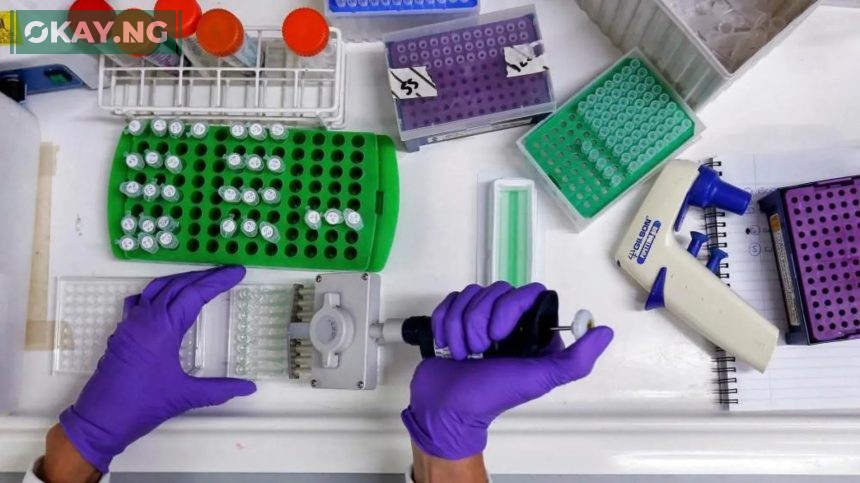Prostate cancer is a significant health concern for men worldwide, and early detection is crucial for effective treatment.
Recent advancements have introduced a saliva test that could revolutionize how we screen for this disease.
Here’s an in-depth look at what you should know about this innovative testing method.
What is the Saliva Test for Prostate Cancer?
The saliva test for prostate cancer is a non-invasive diagnostic tool designed to identify men at high risk of developing prostate cancer. Unlike the traditional prostate-specific antigen (PSA) blood test, the saliva test examines DNA in saliva samples for genetic changes linked to prostate cancer.
How Does the Saliva Test Work?
The test works by analyzing over 130 genetic variations in the DNA found in saliva. These variations are known to be associated with an increased risk of prostate cancer. By calculating a polygenic risk score (PRS), the test sorts individuals into risk groups, which can guide further screening and treatment decisions.
Why is the Saliva Test Potentially Better Than the PSA Test?
- Increased Accuracy: The saliva test has shown to be more accurate than the PSA test, reducing the number of false positives and better identifying aggressive forms of prostate cancer.
- Non-Invasive: As a simple at-home test, it eliminates the need for blood draws, making it a more convenient option for many men.
- Early Detection: By identifying genetic risk factors, the saliva test can detect prostate cancer earlier than the PSA test, potentially before symptoms even arise.
Who Should Consider the Saliva Test?
Men aged 55-69 are at an increased risk of prostate cancer and could benefit from this test. Particularly, those with a family history of prostate cancer or other risk factors should consider the saliva test as part of their regular health check-ups.
What are the Benefits of the Saliva Test?
- Targeted Screening: The test allows for more targeted screening, focusing on individuals at higher risk and sparing those at lower risk from unnecessary procedures.
- Cost-Effective: It offers a cheaper alternative to regular screening, which could make it more accessible to a broader population.
- Improved Outcomes: Early and accurate detection means better chances of successful treatment and survival.












